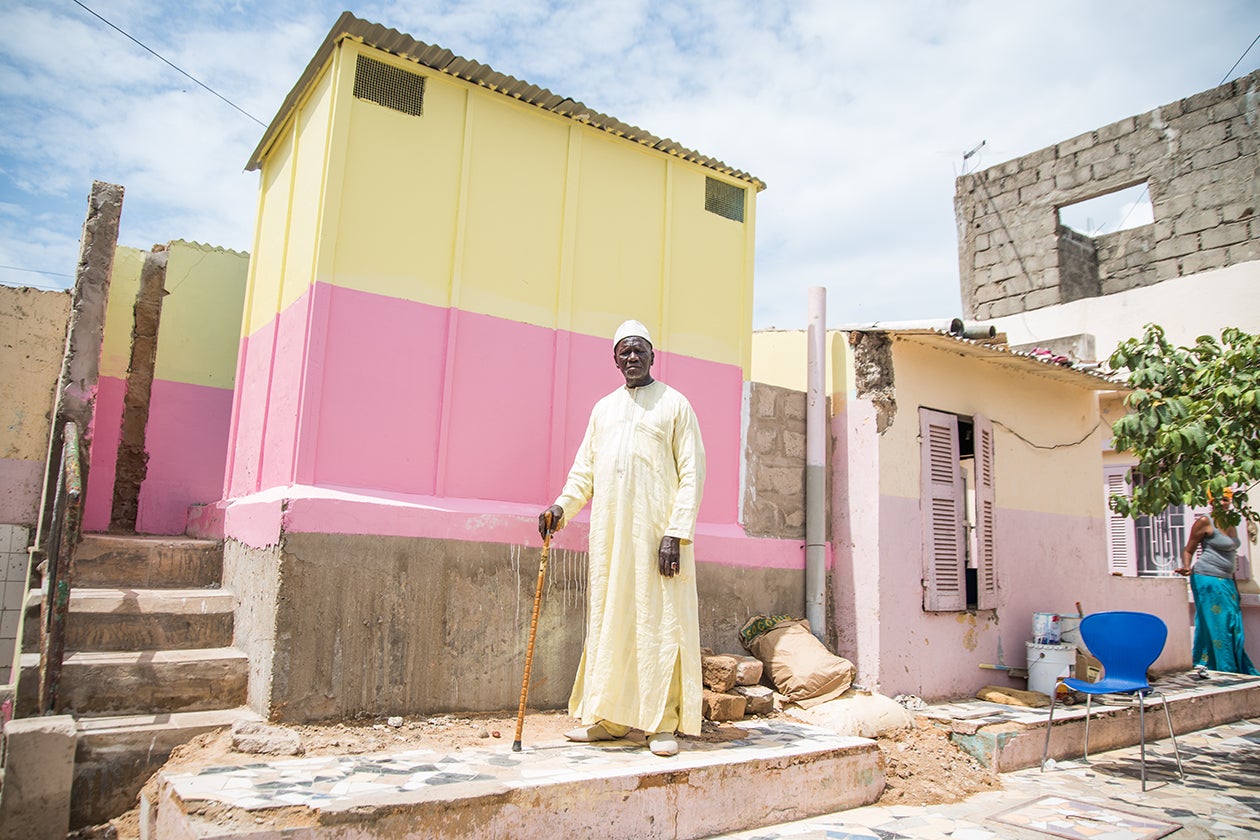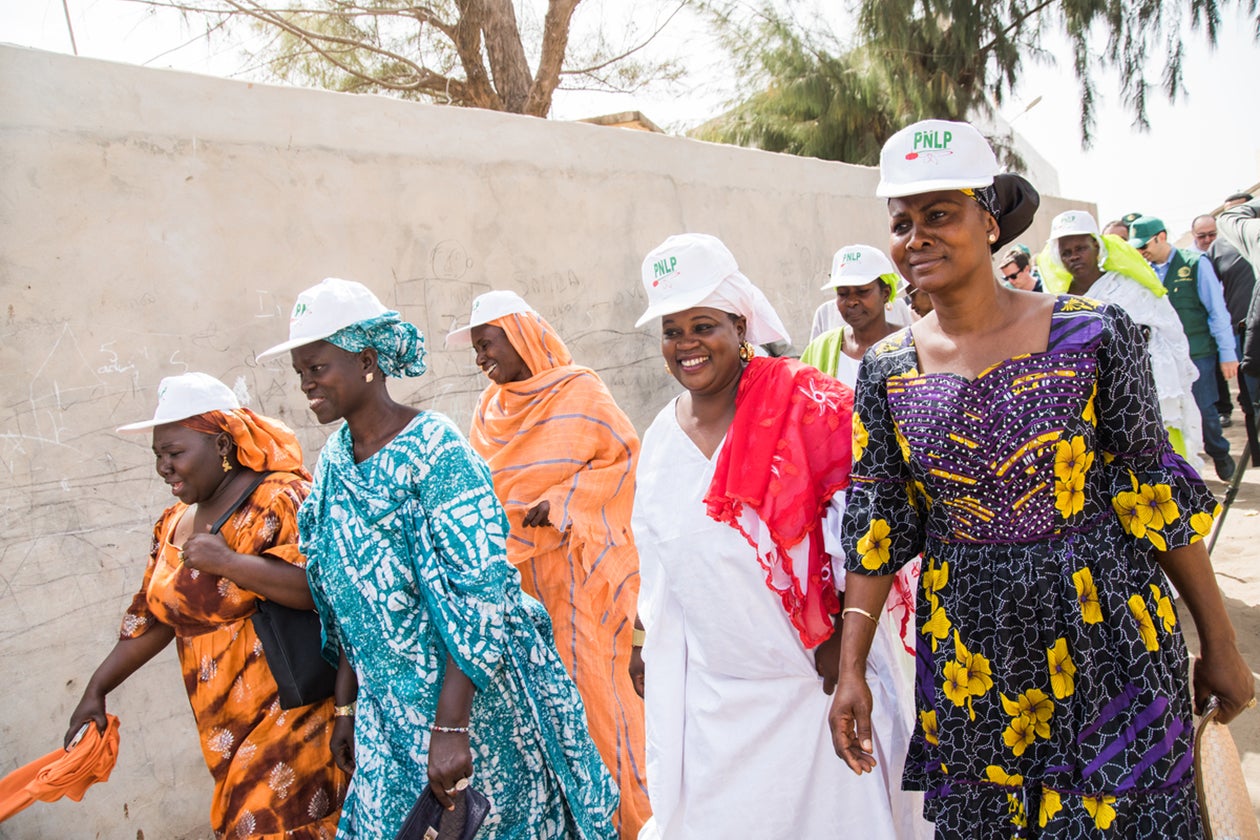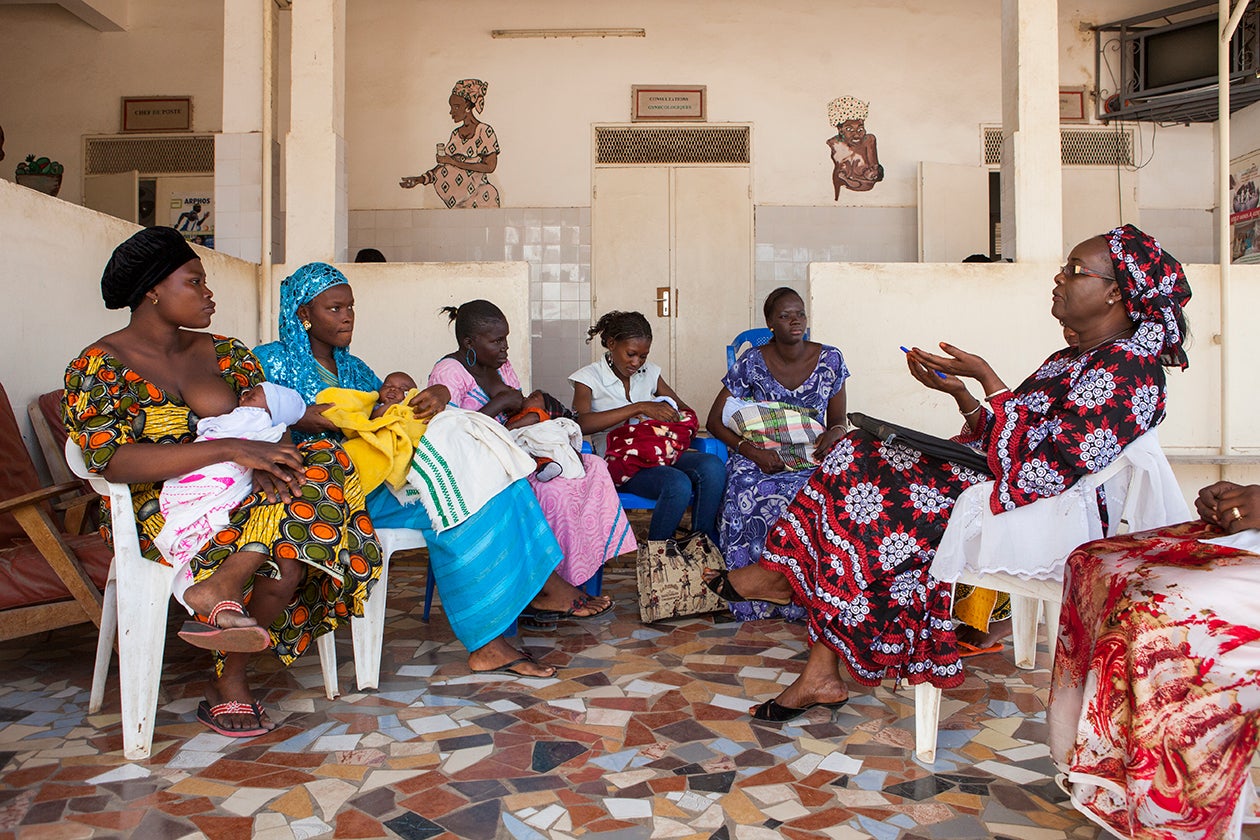Key Points
Donors played a key role in Senegal’s stunting reduction story by contributing to important programming. The World Bank assisted with nutrition and WASH programming, while USAID supported creation of the community health system.
The community health system is indicative of Senegal’s policy of decentralization. Though the community health system has been a success, the implementation of decentralization overall has been challenging, and the effect of decentralization on people’s quality of life has been mixed.
The community health system, which helps fill the large gap left by the shortage of skilled health care workers, has evolved over the years to meet the needs of Senegal’s rural population.
Donor engagement
Senegal’s thriving democracy has helped make it a favorite partner for bilateral and international aid organizations, especially the United States Agency for International Development (USAID), the Agence Francaise de Developpement (French Development Agency; AFD), and the World Bank, the top three donors by a significant margin. It makes geopolitical sense for countries like France and the United States to support a stable democracy in a region plagued by instability, especially because Senegal occupies a strategic location as the entry point to West Africa. In addition, Senegal’s relatively effective governance makes it significantly easier to implement programs there.
Senegal has partnered with the World Bank on pioneering projects in both the nutrition and water and sanitation sectors. In both cases, the two parties saw an opportunity to try something new-a multisectoral approach to nutrition and a private-sector led approach to water and sanitation. Moreover, in both cases, the projects were successful.
Additional Reading:

AFD’s relationship with Senegal dates back to 1947, before independence. Unlike some former French colonies, Senegal has always maintained a friendly relationship with France. The country has worked with AFD to fund a wide variety of projects, including some with a direct impact on stunting (especially education and water projects) and many others without (e.g. urban transportation and investments in small and medium enterprises).
Since the 1980s, USAID has supported the community health system, which is responsible for many of the country’s impressive increases in health coverage. In fact, per capita spending on health by donors, including USAID and others, is roughly equal to that by the Senegalese government ($30 to $32). Throughout Francophone West Africa, donors spend almost as much-and sometimes more-than governments on health.
Community health workers

Senegal’s Cases de Santé, or health huts, and the community health workers who support them, are a . The community health system is widely trusted; one mother, when asked about how she took care of her baby, said, “I listen to the bajenu gox (one of the community health workers).”
This trust is at least partly the result of Senegal’s success in ensuring that the community health system reflects community needs. Although the government must approve the creation of new health huts and government health workers provide technical supervision and training for the staff, the government has very little to do with the operation of the huts. Instead, community health committees select the staff, collect user fees, and set budgets; NGOs provide most of the day-to-day management and supervision; USAID, which has been leading this work continuously since the 1980s, provides funding for the NGOs and pilots of new ideas.
Today, health huts are staffed by two cadres of community health workers. Agents de santé communautaires (ASC) provide a wide range of preventative and curative services and refer complicated cases to higher-level facilities. Meanwhile, matrones focus on maternal and newborn health, including skilled birth attendance. Many ASCs are also matrones, and vice versa. Dispensateurs de santé à domicile (DSDOM) also provide a more limited set of curative services, but they do so in people’s homes, not in health huts. Historically, they only provided treatment for malaria, but diarrhea and pneumonia treatment were recently added to their list of services.
In addition to ASCs, matrones, and DSDOMs, the community health system also includes two cadres responsible for health education and promotion. Relais communautaires, like ASCs, cover a wide range of issues, while bajenu gox focus on maternal and newborn health (their responsibilities overlap somewhat with those of matrones). Bajenu gox (the word is Wolof for “godmother”) are the newest cadre, added in 2009. Information about precisely when the four other cadres were introduced is difficult to find. But it is clear that the system has expanded during the period when stunting was on the decline.
Community health quick stats (2014)
| Community health provider cadre | Actual number (estimated) | Target number (based on national policy) |
|---|---|---|
Agents de santé communautaire (ASC) Matrones | 3.748 combined | 4,200 combined |
Dispensateurs de santé à domicile (DSDOM) | 1,992 | Not available |
Relais commun- autaires (relais) | 7,435 | 15,000-23,069 |
Bajenu gox | 3,406 | 12,000 |
Total | 16,581 | >31,200 |
Decentralization
The community health system is a reflection of Senegal’s emphasis on decentralization. Senegal’s history of experimenting with forms of decentralization reaches back to the colonial period. In the modern period, the major shift toward decentralization took place in 1996 with the passage of the local government law.
Additional Reading
Decentralization is supposed to increase accountability, flexibility, and responsiveness. Local people are closer to the problems, they can move faster to address them, and if they fail to do so, they are also more susceptible to pressure from those they have failed to serve. In Senegal, this has happened to some extent; the community health system is a testament to how locally managed systems can continuously evolve to meet people’s needs. Education is another key sector, Overall, however, the process of implementing decentralization laws and policies has not been especially smooth.

